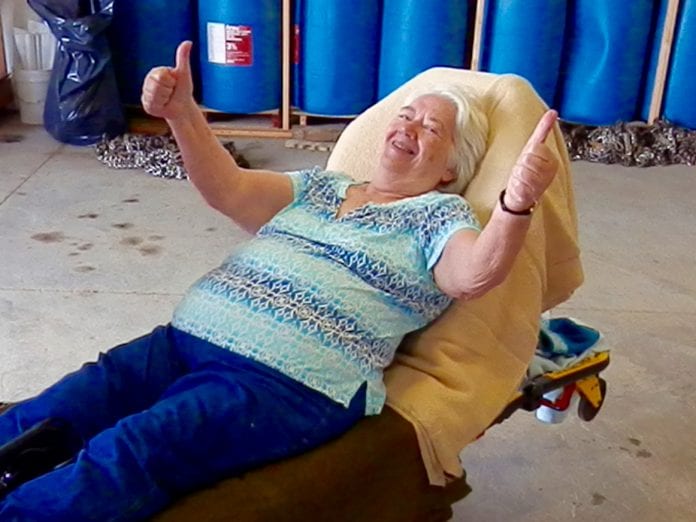
It is prudent to be prepared. We all know that.
An After Action Report can assist in that endeavor.
It is a small part of the bigger process of making an Emergency Operations Plan and continuously changing, improving and adapting the plan.
Recent events, particularly widespread nationwide hurricanes and the wildfires, graphically remind us we should always be preparing for a community-wide disaster.
The city of Cordova has just finished updating the Emergency Operations Plan, an “all-hazards” plan that will guide the actions of the Emergency Management Team in the event of any city-wide emergency, from a plane crash to an earthquake to a pandemic flu.
Seven years ago Cordova adopted that new Emergency Operations Plan, to guide us through any potential hazard. The plan was first used and tested during the statewide Alaska Shield exercise in April of 2010. A working copy was ripped, torn into pieces and distributed to folks who needed it during the exercise itself. No sitting of the shelf and gathering dust for that plan!

But what happens now, seven years later? Is the plan ever updated? Do the lessons from the big exercises change it at all? Did we really learn anything from those big exercises, and if so did we do anything about what we learned?
The answer, to all of those questions, is yes.
Cordova responders and citizens are extremely active in the process of executing exercises.
Since 2010, various aspects of the plan have been tested through drills, tabletops and full-scale exercises. The full-scale exercises to date, with responders actually doing everything, include earthquake and airplane crash scenarios in 2014, active shooter and oil spill scenarios in 2016, and ferry terrorism and airplane cyanide scenarios in 2017.
These are just a few of the very large exercises that have been conducted in the past few years, to test our plan. In addition, there have been a plethora of smaller exercises, trainings and tabletops.
After each of these large exercises, input is gathered from exercise participants. This is no small feat in Cordova, considering we usually have so many participants involved: over 700 people in 2014 and over 500 in 2016. Just this past August, during the latest Department of Transportation airport exercise, a contractor who designs exercises on five continents emailed “I was truly blown away. Never seen a community get this involved.”
So, gathering the feedback can be a challenge. Feedback and suggestions are in the form of “hotwashes” or evaluation forms. The official “hotwash” is a gathering of the participants and evaluators immediately after the exercise, where everyone has an opportunity to discuss their perspective on how well the process went. They each get to mention three “positives” and three “challenges” they observed or experienced during the event.
Cordova Emergency Management Planners then gather after each exercise, sometimes at the state level, at Department of Health and Human Services and emergency management seminars, and discuss, at length, the comments that were suggested and submitted. Then, from that discussion, a list of potential adaptations is created.
That list is a very specific list of needs and changes to be made. A timetable is also created, in which to implement some of the suggestions and changes to the procedures and the plan. A report about the exercise is drafted and sent out to all participants, as well as to the Alaska Division of Homeland Security and Emergency Management, and that is the After Action Report. It gives a direction. It details what needs to be done. It reminds us not to make the same mistakes over and over again. We use the AAR each time we design a new exercise.
Then, the process starts all over again. You test your plan. Again. You evaluate what works and what does not work. Again. And you update your plan. Again.
One of the added benefits of creating the AAR is that these reports can be used to request grant funding. The reports may clearly identify, for example, “there were not enough generators for the shelters.” That observation, from the AAR, can then be referenced each time the city applies for disaster grants. Cordova has been the recipient of significant amounts of grant money for emergency purposes, the latest is a generator in a trailer. After Action Reports have been instrumental in that effort.














